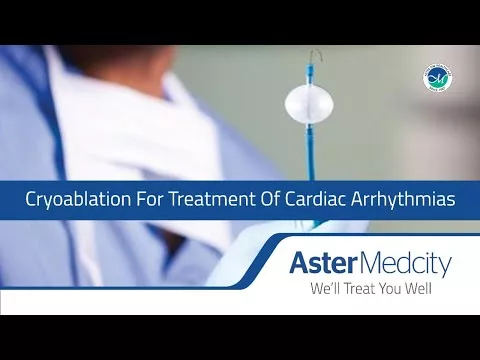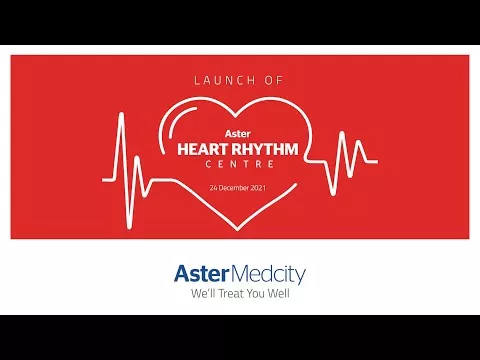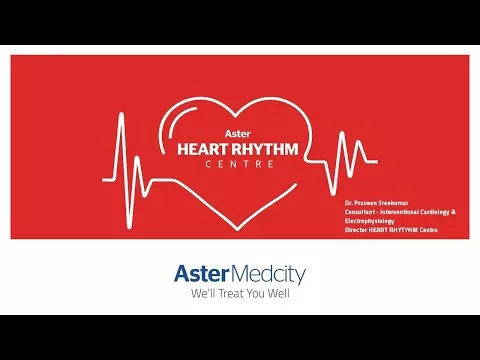What is Cryoablation?
Cryoablation is a medical procedure that uses extreme cold to destroy abnormal tissue, such as tumors or abnormal heart tissue. During cryoablation, a thin, flexible probe or catheter is inserted through a small incision or natural opening in the body and guided to the site of the abnormal tissue. The tip of the probe is then cooled to very low temperatures using a gas, such as argon or nitrogen, which causes the tissue to freeze.
As the tissue freezes, ice crystals form inside the cells, causing them to rupture and die. The dead tissue is eventually absorbed by the body and replaced with healthy tissue.
Cryoablation is a novel technique used to treat abnormal heart rhythms or arrhythmias, such as atrial fibrillation, by selectively freezing areas of the heart muscle that are causing the arrhythmia.
Why and when Cryoablation is recommended for Arrhythmia?
Cryoablation is recommended for arrhythmias, such as atrial fibrillation or ventricular tachycardia, when other treatments, such as medication or cardioversion, have not been effective. Arrhythmias are caused by abnormal electrical impulses in the heart, which can lead to a rapid or irregular heartbeat. Cryoablation is used to selectively freeze areas of the heart muscle that are causing the arrhythmia, to restore normal heart rhythm.
Cryoablation is particularly effective for treating certain types of arrhythmias that originate in the pulmonary veins, which are the blood vessels that carry blood from the lungs to the heart. During the procedure, a catheter is inserted through a small incision in the groin and guided to the heart. The catheter is then advanced into the pulmonary veins, and a cooling agent is used to freeze the tissue surrounding the veins. This process, known as pulmonary vein isolation, interrupts the abnormal electrical signals that are causing the arrhythmia.
Cryoablation is often preferred over other treatments for arrhythmias because it is minimally invasive and has a lower risk of complications. It also has a high success rate, with studies showing that up to 80% of patients who undergo cryoablation for atrial fibrillation can maintain normal heart rhythm long-term.
How is Cryoablation different from the conventional treatment for arrhythmia?
Cryoablation is different from conventional treatment for arrhythmia in several ways:
1. Targeted therapy: Cryoablation targets the specific areas of the heart that are causing the arrhythmia, rather than treating the entire heart. This targeted approach can be more effective in restoring normal heart rhythm and reducing symptoms.
2. Minimally invasive: Cryoablation is a minimally invasive procedure, which means that it does not require open-heart surgery. Instead, a small incision is made in the groin, and a catheter is threaded through the blood vessels to the heart. This can result in less pain, a shorter hospital stay, and a faster recovery time.
3. High success rate: Cryoablation has a high success rate, with studies showing that up to 80% of patients who undergo cryoablation for atrial fibrillation are able to maintain normal heart rhythm long-term. This is often higher than the success rate of conventional treatments, such as medication or cardioversion.
4. Lower risk of complications: Cryoablation has a lower risk of complications than other treatments for arrhythmia, such as open-heart surgery. Some of the potential complications of cryoablation may include bleeding, infection, or damage to the blood vessels or heart tissue, but these are relatively rare.
Overall, cryoablation can be a highly effective and minimally invasive alternative to conventional treatments for arrhythmia. However, it may not be appropriate for all patients, and your doctor will consider various factors, such as the type and severity of your arrhythmia, your overall health, and any other medical conditions you may have, to determine whether cryoablation is the best option for you.
How is life after cryoablation for arrhythmia?
Life after cryoablation for arrhythmia can vary from person to person, but many people experience significant improvement in their symptoms and quality of life.
In the immediate period after the procedure, you may be monitored in the hospital for a short time to make sure that your heart rhythm has stabilized and that there are no complications. Most people can return to normal activities within a few days to a week after the procedure, although your doctor may recommend that you avoid strenuous activity or heavy lifting for a short period of time.
In the weeks and months following cryoablation, you may continue to experience occasional palpitations or arrhythmias, but these are usually less severe than before the procedure. It is important to follow up with your doctor regularly to monitor your heart rhythm and make any necessary adjustments to your medication or treatment plan.
Over time, many people can resume their normal activities and enjoy an improved quality of life after cryoablation. However, it is important to continue to monitor your heart health and make any necessary lifestyle changes, such as quitting smoking, eating a healthy diet, and exercising regularly, to reduce your risk of future heart problems.
Blogs
The source of trustworthy health and medical information. Through this section, we provide research-based health information, and all that is happening in Aster Hospital.






